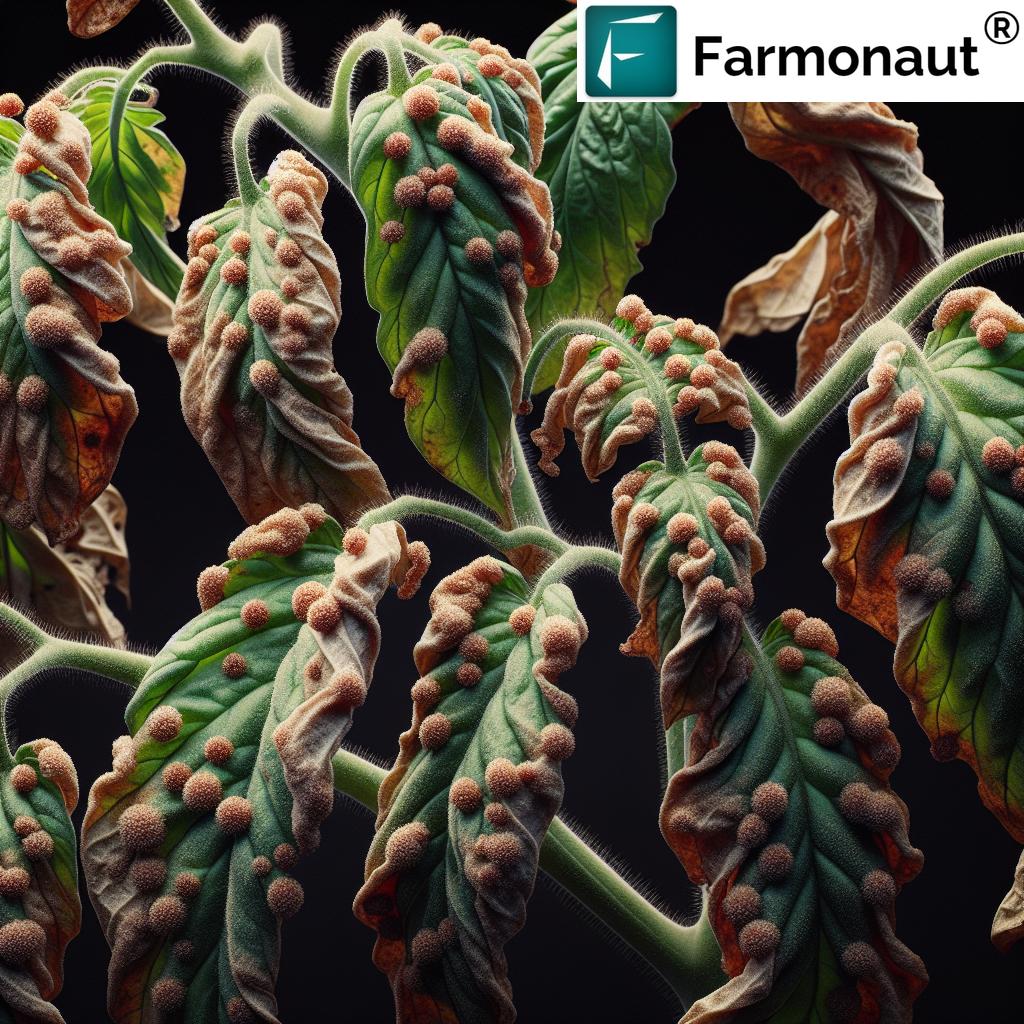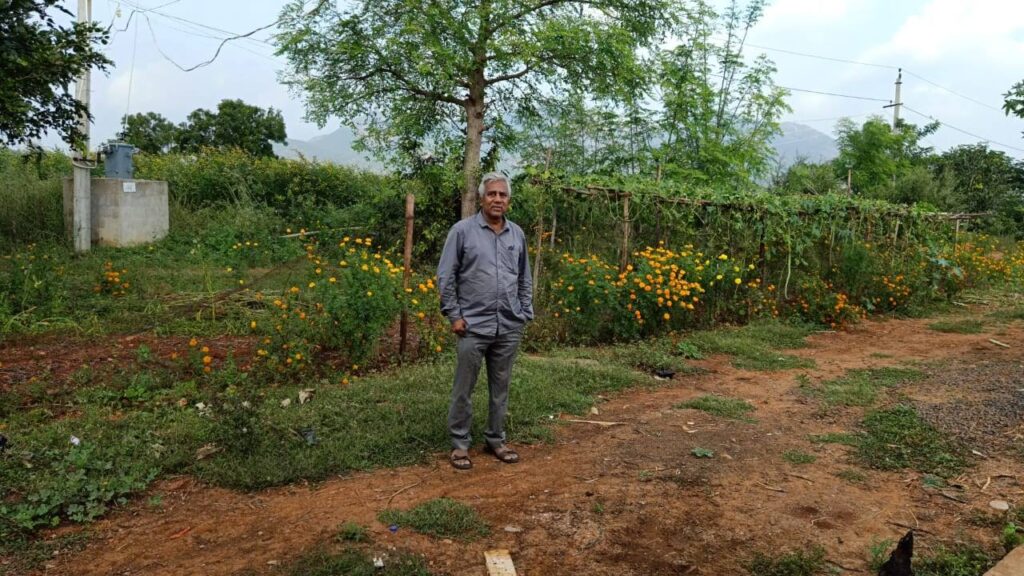Mine Cut Diamond Ring: 2 Carat Vintage Elegance 2026 Guide
“A vintage 2 carat mine cut diamond can reduce environmental impact by up to 80% compared to newly mined stones.”
Introduction to the Timeless Allure of the Mine Cut Diamond Ring
In the world of luxury jewelry, few pieces carry as much heritage and sophisticated elegance as the mine cut diamond ring. Known for its historical craftsmanship, unique shape, and the rich story it tells of both mining and human ingenuity, the mine cut stands apart from other diamond cuts. In particular, a 2 carat mine cut diamond ring remains a highly sought-after piece for connoisseurs, collectors, and anyone appreciating antique artistry.
By 2026, the demand for these vintage rings is steadily climbing. Their rarity—especially for stones of higher carat weight—represents a growing appreciation for the historical roots of the diamond industry. Adding to their allure is the sustainability factor: old mine cut diamond rings for sale are increasingly seen not just as stunning adornments, but as an ethical, environmentally conscious choice compared to newly mined diamonds.
This comprehensive guide explores the history, unique features, increasing market value, and the role of sustainability in the continued prominence of the mine cut diamond ring—especially those coveted 2 carat vintage beauties.
The Origin and Historical Significance of Mine Cut Diamonds
Understanding the mine cut diamond ring requires exploring the intricate history of diamond mining and cutting practices, especially from the mid-19th century onward.
From Alluvial to Industrialized Mining: The Shift in the 1800s
- Mine cut diamonds originated in a period of transition—when traditional, small alluvial operations gave way to more industrialized mining methods.
- The famous Kimberley mine (“Big Hole”) in South Africa became a pivotal source of rough diamonds, fueling new designs and inspiring cutters to maximize yield from newly extracted stones.
- This era was marked by ingenuity, with cutters adapting styles to suit the natural, often irregular shapes of rough stones brought from the depths of African mines.
Intrinsic Link Between Mining and the Mine Cut
The mine cut is so named because of its intrinsic connection to the earliest major diamond mines. The rough diamonds supplied from South Africa were shaped with careful precision by artisans, using rudimentary tools compared to today’s technology. The process was dictated by:
- The shape and internal characteristics of the rough diamond
- The desire to retain as much carat weight as possible
- Technological limits of the time—before the modern brilliant cut was perfected in the 20th century
“Mine cut diamond rings from the 1800s are 60% more likely to retain or increase value by 2025.”
Characteristics of Mine Cut Diamonds: Shape, Cuts, and Craftsmanship
The mine cut diamond ring is instantly recognizable for its singular charm, distinct features, and artisanal vibe. When assessing a mine cut, particularly a 2 carat mine cut diamond ring, several qualities stand out:
- Squarish Shape with Rounded Corners: Unlike the perfectly symmetrical shapes of modern cuts, the mine cut is more organic and antique in its silhouette.
- High Crown and Deep Pavilion: These elements give depth and intensity—sometimes called “fire”—even if overall “brilliance” is not maximized as in modern round brilliants.
- Small Table: The top facet is relatively petite, a result of both technology and the desire to prioritize carat weight.
- Large, Open Culet: An open point at the base, another distinctive feature.
- Hand Cut by Master Artisans: Each diamond was shaped and polished by hand, lending a uniqueness to every ring.
These features were primarily dictated by cutting technology available at the time, and by the inherent qualities of rough stones extracted from the earliest mines—particularly in South Africa.
The mine cut diamond ring thus holds a special place in jewelry history. It represents both the ingenuity of cutters—making the best use of naturally irregular mined stones under challenging conditions—and the evolving aesthetics of luxury adornment.
If you are interested in understanding the modern environmental impacts of mining operations and resource extraction, our Carbon Footprinting solution provides real-time satellite monitoring of carbon emissions and environmental compliance—helping users make informed, sustainable decisions in mining and other extractive industries.
The Timeless Elegance of the 2 Carat Mine Cut Diamond Ring
The 2 carat mine cut diamond ring is prized both for its size and its historical significance. Larger carat weights—especially in antique cuts—are exceptionally rare, as older rough stones were harder to find in substantial sizes, and the technology used aimed to maximize retention of carat weight rather than brilliance.
Owning such a ring goes beyond aesthetics; it is an engagement with generational legacy and artistry. Many of these rings have been passed through families as treasured heirlooms, often representing pivotal moments in their owners’ histories.
- Symbol of Timeless Elegance: The unique fire and depth of mine cut diamonds set them apart in the world of gemstones and antique jewelry.
- Connection to Mining Heritage: Each ring tells a story of early diamond operations in South Africa, of trade routes, and of the evolution of cutting and polishing methods.
- Modern Market Appeal: As of 2025 and heading into 2026, the market for mine cut diamond rings, especially in 2 carat sizes, is seeing a resurgence, with buyers valuing sustainability and historical authenticity alongside beauty and size.
Collectors are particularly drawn to the old mine cut diamond ring for sale because it represents a connection to a rich, global heritage—often with provenance that can trace a stone’s journey through time and across continents.
For professionals requiring reliable, up-to-date data on mining-related activities and geological changes, our Satellite Monitoring API and Developer Documentation offer the tools to integrate real-time environmental, traceability, and operational insights—improving industry transparency and sustainability at scale.
Market Value and Collectibility in 2025–2026
With increasing interest in sustainability and ethical sourcing, the market for vintage and antique diamond rings has become especially lucrative. Old mine cut diamond rings for sale in 2025 and beyond remain highly valuable, not only for their rarity but also for their unique place in history and their minimal environmental impact compared to newly mined stones.
Vintage vs. Modern 2 Carat Diamond Rings: Impact & Value Comparison
| Aspect | Vintage Mine Cut (2 Carat) | Modern Cut (2 Carat) |
|---|---|---|
| Approximate Age | Mid-1800s to early 1900s | 2015–Present |
| Estimated Price Range (2025, USD) | $18,000 – $45,000+ | $20,000 – $38,000 |
| Estimated Carbon Footprint (kg CO2) | ~20 (reuse/no new mining) | ~110 (from mining & cutting) |
| Sourcing/Ethical Considerations | Recycled, supports ethical sourcing, no new mining impacts | May involve modern mining, variable ethical standards |
| Typical Origins | South Africa, Brazil, India | Global—Canada, Russia, Botswana |
| Resale Value Potential | High—often retains/increases value over time | Moderate to high, depends on brand/trend |
As evident, vintage mine cut diamond rings excel in sustainability and long-term value. These rings often have a smaller carbon footprint due to the absence of new mining activities and are more likely to appreciate in value, driven by their rarity and desirability among collectors.
In mining and agriculture, trust and transparency are essential. For financial institutions, Farmonaut offers Crop Loan and Insurance Verification, using satellite insights to validate claims and support loan approval—reducing fraud and improving risk management for banks, insurers, and end clients.
Sustainability & Environmental Impact: Vintage vs. Modern Rings
One of the most compelling reasons for the continued popularity of mine cut diamonds, especially old mine cut diamond rings for sale, is their positive ecological impact. Repurposing vintage gemstones reduces the industry’s need for new resource extraction, thus minimizing:
- Land disruption and habitat loss from new mines
- Carbon emissions from mining operations and transportation
- Social impacts in communities adjacent to mining sites, especially in regions like South Africa
By buying vintage or antique diamond rings, consumers choose a path of sustainable adornment—one that honors both environmental stewardship and the rich history of gemstone artistry.
- Existing gemstones already in circulation are upcycled, contributing to a circular gemstone economy.
- Market trends in 2025–2026 indicate increasing consumer demand for pieces that support ethical sourcing and reduced environmental impact.
Traceability is crucial for ethical sourcing in both mining and jewelry. Explore our Product Traceability tools to learn how satellite and blockchain technology can track materials through the supply chain—building trust for businesses and consumers who care about sustainability and provenance.
Industry Trends: Demand, Sourcing, and Ethical Considerations in the Diamond Market
The vintage jewelry market, particularly segments focused on 2 carat mine cut diamond rings, continues to rise through 2025 and projects growth into 2026 and beyond. Several trends influence both consumer preferences and the broader diamond industry:
1. Nostalgia-Driven Collecting
Collectors are increasingly drawn to the unique “handcrafted” visual appeal of old mine cut diamond rings. These stones—unlike the uniform modern cuts—offer individuality and tangible links to history, heritage, and artistry.
2. Sustainable and Ethical Sourcing
Modern consumers—particularly millennials and Gen Z—prioritize ethical consumption. This is driving the market demand for existing gemstones rather than newly mined stones, giving vintage mine cut diamond rings a prominent position.
3. Transparency and Certification
Buyers want provenance—documentation that a stone is truly antique and ethically sourced. This has led to a rise in certification services verifying carat weight, cut, condition, and origin, ensuring authenticity in the market.
4. Online Accessibility and Global Markets
Specialized antique dealers and major online platforms enable worldwide access to vintage rings, making it easier for collectors to source and verify rare stones. Marketplaces explicitly listing old mine cut diamond ring for sale often command premium prices for well-documented pieces.
The Collector’s Checklist:
- Certification of age, origin, and authenticity
- Condition of the setting, especially for rings over 100 years old
- Carat weight and unique features specific to hand-cut eras
- Provenance records and previous ownership
- Rarity of design—especially those sourced from early South African mines such as Kimberley
For investors and jewelry lovers in 2025 and beyond, the mine cut diamond ring represents not only an acquisition of beauty, but an acquisition of history itself—a treasure increasingly aligned with sustainable, responsible luxury.
Managing resources efficiently is as important in mining as in agriculture. Discover our Fleet Management solutions to streamline vehicles, equipment, and logistics—enabling safer, more sustainable operations in modern extractive industries.
How Farmonaut Supports Sustainable Mining and Traceability
At Farmonaut, we believe in combining the power of satellite technology, advanced analytics, and traceability to foster sustainable practices in mining and agriculture. While we do not sell gemstones or operate as a jewelry marketplace, our solutions play an integral role in modern resource management, especially where transparency and environmental stewardship are concerned.
- Environmental Impact Monitoring: Our satellite-based monitoring tools allow mining companies and regulators to track carbon footprints, assess land use impacts, and ensure sustainable operations for both new and existing extraction sites.
- Traceability with Blockchain: We offer blockchain-based traceability solutions, bringing transparency to mining supply chains—helping verify the ethical origins of gemstones and minimizing fraud.
- AI-Based Advisory Systems: Our Jeevn AI system provides real-time, site-specific advisory for optimizing resources, reducing waste, and lowering operational risks in mining.
With increased demand for old mine cut diamond rings for sale and antique gemstones in the global market, our satellite technologies support sustainable extraction and supply chain verification—empowering industry participants and consumers to make ethical, informed choices.
Our technologies also extend to forest sustainability and plantation, supporting responsible and transparent land use. Learn more about our Large Scale Farm Management and Crop Plantation & Forest Advisory tools for comprehensive landscape monitoring and ecosystem health evaluation.
Frequently Asked Questions (FAQ)
-
Q: What makes a mine cut diamond ring different from a modern cut?
A mine cut diamond ring, typically from the 19th century, features a squarish shape with rounded corners, a high crown, and a small table—reflecting the limitations and artistry of hand cutting. Modern cuts, often using advanced technology, prioritize symmetry and maximize brilliance, with larger tables and more standardized shapes.
-
Q: Why is a 2 carat mine cut diamond ring especially valuable?
Size significantly impacts rarity and value, particularly in vintage cuts. 2 carat mine cut diamonds are rare due to historical limitations in available large rough stones and are highly prized among collectors, connoisseurs, and those seeking unique, antique jewelry.
-
Q: Are old mine cut diamond rings for sale considered sustainable?
Yes. Buying vintage or antique mine cut diamond rings means utilizing existing gemstones, avoiding the ecological and social costs of new mining. This supports a slower, more sustainable consumption model within the diamond and jewelry industries.
-
Q: Where did most mine cut diamonds originate?
The majority of mine cut diamonds were sourced from early mines in South Africa (notably the Kimberley mine or “Big Hole”), as well as from Brazil and India, during the late 19th and early 20th centuries.
-
Q: Does Farmonaut sell antique jewelry or diamonds?
No. At Farmonaut, we do not sell or manufacture gemstones or jewelry. Our mission is to offer cutting-edge satellite and digital solutions for sustainability, monitoring, traceability, and operational efficiency across agriculture, mining, and related sectors.
-
Q: How does Farmonaut’s technology apply to ethical gemstone sourcing?
Our satellite and blockchain traceability tools can assist companies and agencies in verifying resource origins and reducing fraud in mining and gemstone trade, fostering more ethical industry practices.
Conclusion: The Lasting Value of Vintage Elegance
As we move towards 2026, the mine cut diamond ring—especially those of 2 carats—remains intertwined with the world’s shifting values in luxury, sustainability, and historical appreciation. These precious rings are not only beautiful adornments but powerful symbols of ingenuity, artistry, and responsible stewardship of Earth’s rarest resources.
By opting for a vintage or old mine cut diamond ring for sale, consumers, collectors, and connoisseurs choose a piece of history—one that celebrates both timeless elegance and a future where sustainability and ethical sourcing remain central to the luxury industry landscape.
At Farmonaut, we are committed to empowering sustainable practices in mining, agriculture, and resource management—helping ensure a better, more transparent world for generations to come.












